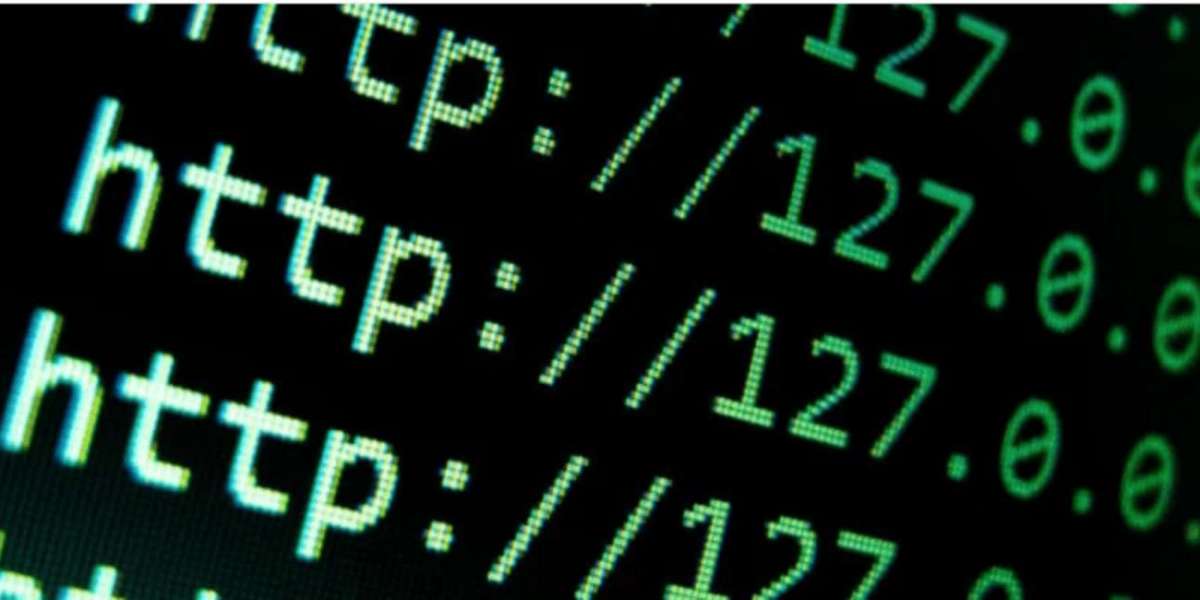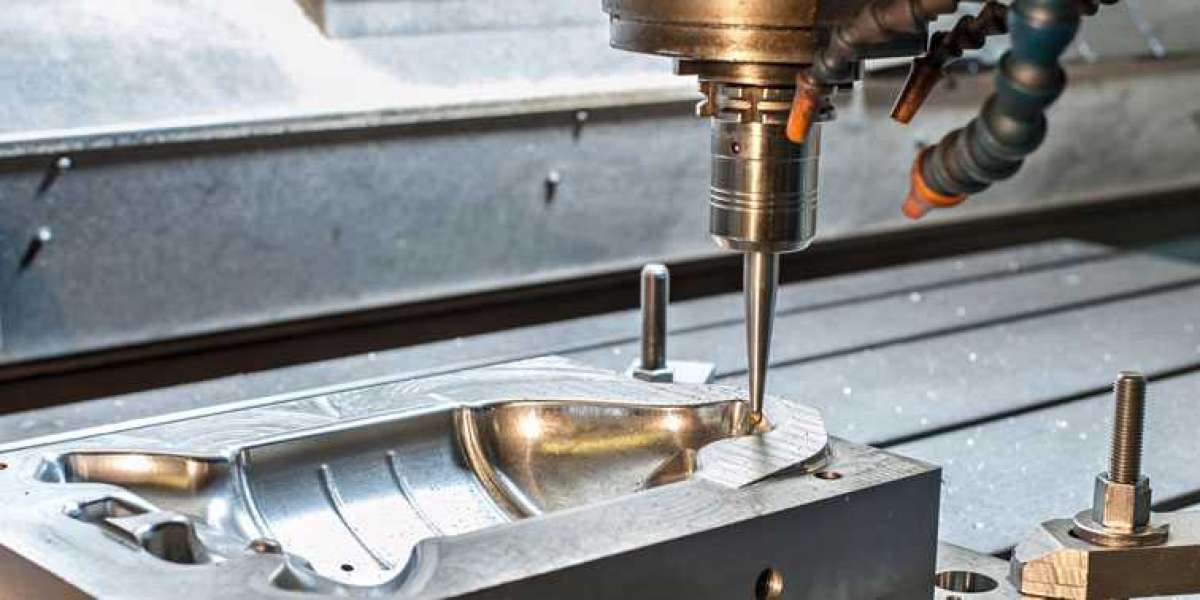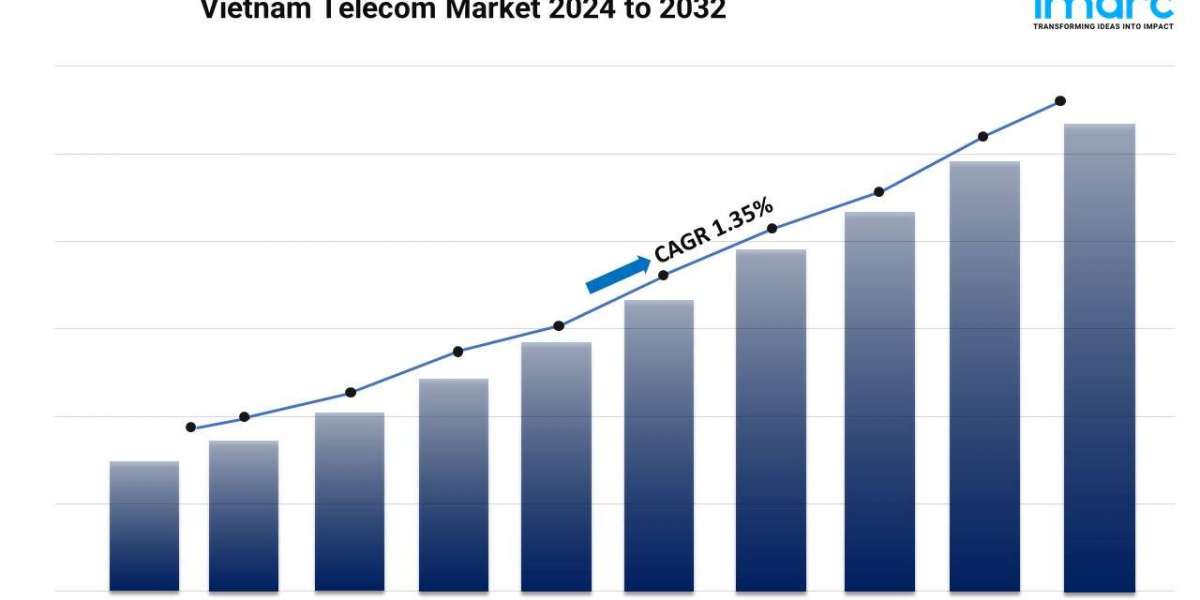Laser cutting technology has revolutionized the manufacturing and fabrication industries, allowing for high precision and versatility in cutting various materials. The core of laser cutting lies in the principles of optics, thermodynamics, and the physics of lasers, which collectively enable the material to be sliced with minimal mechanical stress.
1. Basics of Laser Technology
At its heart, laser cutting involves the use of a concentrated beam of light, or laser, to achieve cutting or engraving of materials. The term "laser" stands for Light Amplification by Stimulated Emission of Radiation. Lasers are characterized by their monochromatic, coherent, and collimated light properties, which make them ideal for precision tasks.
- Monochromatic: The laser emits light of a single wavelength, which translates to a uniform energy output.
- Coherent: The light waves are in phase, which enhances the focus of the beam, allowing it to cut through materials more effectively.
- Collimated: The beam does not spread out, maintaining its intensity over longer distances, which is crucial for achieving deep cuts without losing energy.
2. The Laser Cutting Process
The laser cutting process can be broken down into several fundamental stages, which involve the preparation of the laser, the interaction of the laser beam with the material, and the subsequent cutting action.
a. Preparation
Before the actual cutting begins, several preparatory steps are taken:
Design Creation: The first step is to create a digital design of the part to be cut. This is usually done using CAD (Computer-Aided Design) software. The design specifies dimensions, patterns, and other necessary details.
Material Selection: Depending on the application, the type of material to be cut is selected. Common materials include metals (steel, aluminum), plastics, wood, glass, and textiles, each requiring specific laser parameters.
Machine Setup: The laser cutting machine is prepared by adjusting the focus of the laser, selecting the appropriate lens, and calibrating the cutting speed and power settings according to the material's thickness and type.
b. Laser Generation and Focusing
Once the setup is complete, the laser cutting process can begin:
Laser Generation: The laser source generates a beam of light through a medium (gas, solid-state, or fiber). In CO2 lasers, for example, a gas mixture is excited electrically to produce the laser light.
Focusing the Beam: The generated laser beam is directed through a series of mirrors and lenses to focus it onto a small area. The focal point of the laser beam is critical as it determines the intensity and heat concentration on the material.
c. Interaction with the Material
As the focused laser beam reaches the material, several interactions occur:
Absorption of Energy: The material absorbs the energy from the laser beam. The rate of absorption varies by material type, thickness, and the laser wavelength. Metals, for instance, tend to absorb certain wavelengths of light better than others.
Melting and Vaporization: As the laser energy increases the temperature of the material, it can reach a point where it melts or vaporizes. The exact mechanism depends on the laser power and the material’s thermal properties.
Blowing Away Molten Material: In many cases, a jet of assist gas (usually oxygen, nitrogen, or air) is blown through the cutting area to remove molten material. This gas can either oxidize the metal (exothermic reaction) to enhance cutting speed or assist in blowing away vaporized material, leaving a cleaner cut.
3. Cutting Techniques
Laser cutting encompasses various techniques, including:
Fusion Cutting: Primarily used for metals, this technique focuses on melting the material while using an inert gas (like nitrogen) to blow away the molten metal. This method minimizes oxidation and maintains clean edges.
Flame Cutting: This technique involves the oxidation of the material, using oxygen as an assist gas. The material is preheated to ignition and burns away, which is suitable for thicker materials but may result in rougher edges.
Sublimation Cutting: Used for non-metals, this method involves converting the material directly from solid to gas without passing through a liquid state. This is effective for materials like wood or plastics.
4. Automation and Control
Modern laser cutting systems are equipped with advanced automation features and control systems:
CNC Integration: Laser cutting machines are often integrated with CNC (Computer Numerical Control) systems, allowing for precise control of the laser’s movements according to the programmed design.
Feedback Mechanisms: Many machines come with sensors and feedback systems to monitor cutting quality in real time. These systems can adjust laser parameters dynamically to ensure optimal performance.
Safety Protocols: Laser cutting systems incorporate numerous safety features to protect operators from potential hazards, including protective enclosures and emergency shut-off systems.
5. Application in Various Industries
Laser cutting technology finds application across diverse sectors, including:
Automotive Industry: Used for cutting components with intricate designs and high precision, which are critical for automotive parts manufacturing.
Aerospace: The aerospace sector utilizes laser cutting for lightweight materials and complex geometries, ensuring minimal material wastage and maximum strength.
Textiles and Fashion: The precision of laser cutting is employed in cutting fabrics and other textiles, enabling intricate designs that traditional methods cannot achieve.
Electronics: In electronics, laser cutting is used to create circuit boards and other components, allowing for micro-level precision.
6. Future Trends in Laser Cutting
The evolution of laser cutting technology continues to advance, driven by innovations such as:
Increased Speed and Precision: As laser technology improves, we can expect faster cutting speeds and greater precision, enhancing productivity in manufacturing.
Hybrid Systems: The emergence of hybrid cutting systems that combine laser cutting with other methods (like waterjet or plasma cutting) for improved versatility.
Smart Technology Integration: The integration of IoT (Internet of Things) and AI (Artificial Intelligence) will allow for smarter manufacturing processes, predictive maintenance, and improved decision-making.
Material Development: Continued research into new materials and laser technologies will expand the scope of laser cutting into previously unexplored territories.
Conclusion
Understanding the intricacies of laser cutting technology goes beyond merely recognizing its advantages or features. It encompasses the principles behind its operation, the processes involved, and the myriad of applications across different industries. As this technology evolves, it promises to redefine precision cutting, setting new standards for efficiency, creativity, and innovation in manufacturing and fabrication.








